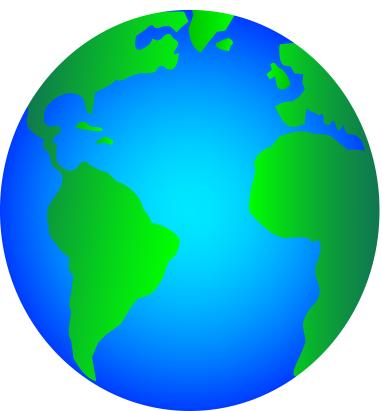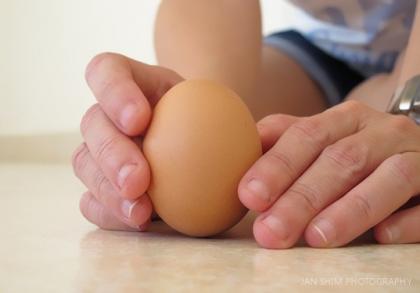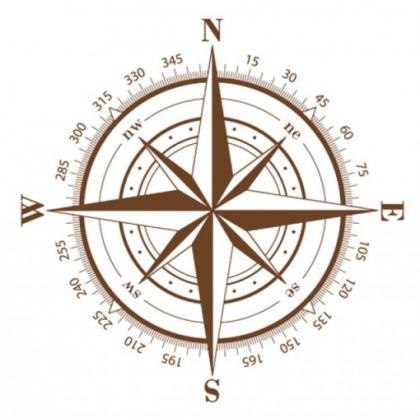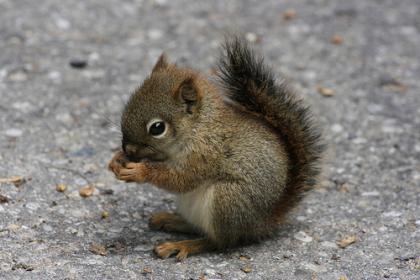Fun Facts About Autumn: It’s Getting Cold in Here!
It is that time of the year again in which we start wearing our coats and rain proof clothes in the northern hemisphere. But what is autumn all about?
Autumn marks the transition from summer into winter, when days start to get shorter and tree leaves start to fall. Here are some interesting facts about autumn:

|
The planet On the first day of autumn, the sun is aligned with the center between the North and the South of the planet. On that day, the light and dark hours are exactly the same length. That’s why it is called ‘equinox’, derived from the Latin word ‘aequus’ which means ‘equal’. |

|
Standing eggs? There are only two days of the year when you can stand an egg on its end, the autumn and spring equinox. To do this you will need an egg. (It does not have to be hard-boiled.) Place the egg on a hard, flat surface on its largest end. Carefully pull your hands away and it should remain upright. |

|
North or South? Not everyone has seasons at the same time! The equinox happens twice a year, and depending on which side of the planet you live, autumn will start in March (for south) or September (for north).No autumn ever! If you live in a place too close to the Equator, or central area of the planet, then you’ll never have autumn… or any season! |

|
What happens to plants? Plants use sunlight to create nutrients and feed themselves, keeping their green color. As the days become shorter and plants get less sunshine, they stop producing those nutrients and display a different color. Yellow and oranges sit below the green all the time and red and brown are made from waste and nutrients trapped in them. |

|
Autumn fun for animals Squirrels collect and bury nuts all autumn! They rely on storing nuts to be able to eat during winter. The nuts they bury but don’t retrieve sprout into new trees.Birds migrate all year long, but autumn is definitely migration peak season for them, depending on the species, their migration distance and their travel speed. |

|
People around the world Americans call autumn ‘fall’, maybe for obvious reasons? On the October 31, many places around the world celebrate Halloween, in which kids dress up in costumes and go trick-or-treating. The U.S. and Canada have had a significant impact on how the event is observed in other nations and it has extended to places such as South America, Australia, New Zealand, continental Europe, Japan, and other parts of East Asia. The pumpkin, commonly used as lanterns by carving scary faces into them during Halloween, was first named by people in Greece, who called this orange edible a “pepon,” which means “large melon”. |
Do you know any other fun Autumn facts? Are there any Autumn traditions where you live? Tell us about it on Facebook!
Glossary:
hemisphere: half of the Earth
transition: a change from one state or form to another
peak season: the time when something is happening the most, such as travel
